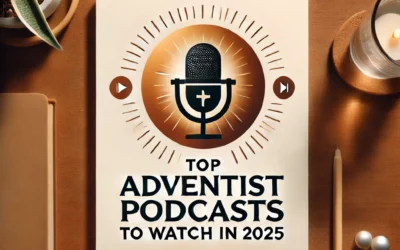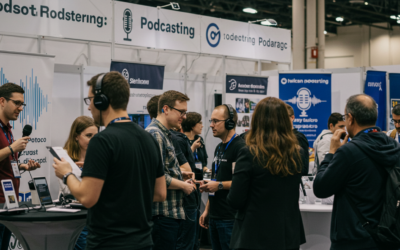“My goal is always to give something to a mixer where he can push up the faders and it’s reasonably close to the architecture that I want in terms of the arrangement,” says Glen Ballard. “If you give them that to start with, it frees them up to focus on detailing the sounds and making everything sound great. I try not to add to their burden the idea that they’ve got to arrange the song as well.”
Mike Senior, “Mixing Secrets for the Home studio”, Page 88.
“My goal is always to give something to a mixer where he can push up the faders and it’s reasonably close to the architecture that I want in terms of the arrangement,” says Glen Ballard. This philosophy, shared by many top producers, underscores the importance of the often-overlooked preparation phase in audio production. While Ballard’s focus is on music, the same principle applies to podcasts. In this article, we delve into the essential steps you need to take before even touching a single fader in your workstation.
Listening Environment and Reference Podcasts: Calibrating Your Ears
The first step in mastering pre-mix preparation isn’t technical; it’s about refining your most valuable tool: your ears.
Think of your mixing environment as the foundation of your audio quality. This setting will significantly influence how your podcast sounds to your audience. Whether working in a professional studio or a home setup, the key is creating a space that allows for clear and accurate sound monitoring.
The ideal Listening environment should be:
- Acoustically treated.
- Inclusive of a good monitoring system.
- Quiet and distraction-free.
- Conducive to creativity.
What is a reference podcast? A reference podcast is a professionally produced podcast with high-quality audio that you listen to regularly. By immersing yourself in these podcasts, you train your ears to discern the nuances of a balanced and engaging mix.
Understanding the Podcast Preparation Workflow
Timing and Editing: The Foundation of a Polished Podcast
- Consistent Pacing: Ensure the pacing of your dialogue is consistent and engaging. Remove overly long pauses or speed up sections that drag.
- Clean Up: Meticulously edit your audio, paying attention to the flow of the conversation. Remove any mistakes, hesitations, long pauses, or background noise. Remove filler words (e.g., “um,” “uh”) and any redundant or confusing statements. This attention to detail saves you time later.
Once you have finished your edits, it’s time to clean up your work.
- Step One: Consolidate and Organise: Begin by consolidating your raw audio files. To do this, you will need to select all the tracks from the beginning to the end. Then you can consolidate each track on the timeline. Arrange your tracks logically. Common categories include Voices, Music, Sound Effects, and Ambience
- Step Two: Color-Coding and Groups: Use color-coding to easily distinguish between categories. Create group buses (e.g., a “Dialogue” bus) to control the overall level and processing of entire categories.
- Set Up Your Timeline: Align the audio to the grid using markers to denote different sections of your podcast (e.g., intro, chapter one, Ad 1, chapter two, Ad2, Conclusion, outro).

Enhancing Your Podcast with Additional Elements
- Intro/Outro Music: Create intro/outro music that complements your podcast’s tone and topic.
Heres an example from our podcast Adventist Waves:
- Atmospheres and Sound Effects: Use atmospheres such as room noise, and nature sounds to make your production come alive! Consider using sound effects sparingly to emphasize key points or transitions. Make sure they are high quality and add to instead of distracting from the content.
And now you’re ready to start your mix down!
Pre-mix preparation is the key to a polished, professional-sounding podcast. By setting up your environment, organizing your audio, and addressing technical issues, you create a solid foundation for a mix that captivates your audience.
In our next article, we’ll explore the art of balancing your podcast elements to achieve a harmonious blend of dialogue, music, and sound effects.
Want to share the inspiring message of your organization with a wider audience? At Blue Vineyard Audio, we specialize in creating high-quality podcasts for Adventist churches and ministries. Let us help you produce professional podcasts. Visit our website at https://bluevineyard.com/audio/ to learn more about our podcast production services and schedule a free consultation.



